Sea level rise is accelerating; how much it costs is up to us
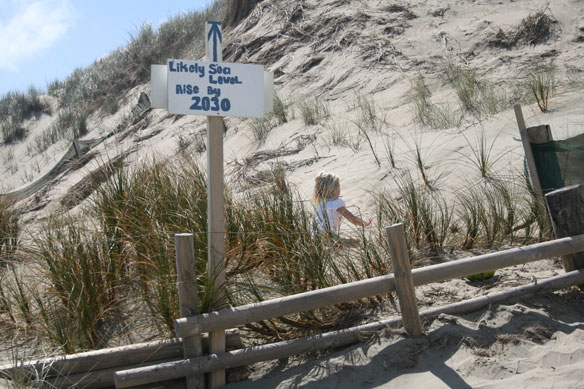
Important new research shows that sea levels are rising at unprecedented rates, and will have tremendous costs if we don’t slow them.
Rural Community Fights a Second Dam and a New Expropriation of Land, Mexico

In 1976, the construction of a hydroelectric dam destroyed farmland in the rural municipality of Chicoasén in southern Mexico. Forty years later, part of the local population is fighting a second dam. The 240-MW Chicoasén 2 dam, to be built at a cost of 300 million dollars, is scheduled to come onstream in July 2018.
This mind-boggling study shows just how massive sea level rise really is
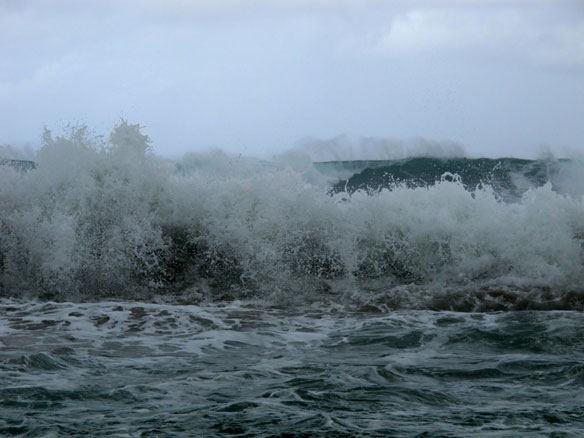
As our planet continues to warm, coastlines worldwide will retreat inland — in the long run, maybe by a lot. It seems doubtful that we can defend all of the many coastal zones that will be at risk. But in a new study just out in the open access journal Earth System Dynamics, scientists have actually published an idea for doing that and provided some calculations regarding the scale of what it would take.
Downed Ships Reveal Hurricane History
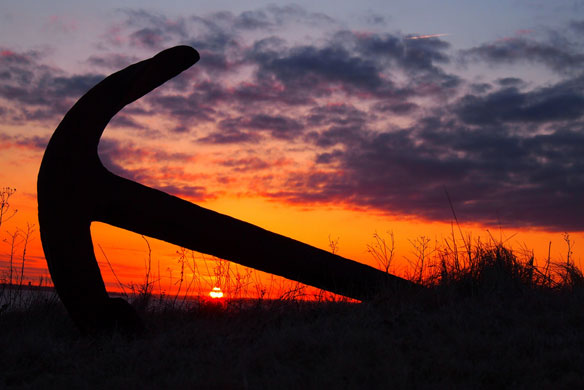
Ancient Spanish shipwrecks and tree-ring data have revealed an unusual low in Hurricane activity during the “golden age of piracy,” new research suggests. The new data could also help researchers understand how hurricane patterns will change as the climate warms.
Moving to Higher Ground (After 12,000 years)

The Quinault Indian Nation has lived in what is now Washington State for thousands of years. But, it’s time to move. The tribe lives on the coast, and climate change has caused sea levels to rise and endanger the village. As the tribe moves to higher ground, it’s bittersweet, since a new home also means moving off sacred ground.
Sinking a Mexican Navy Warship: A GoPro Awards Video
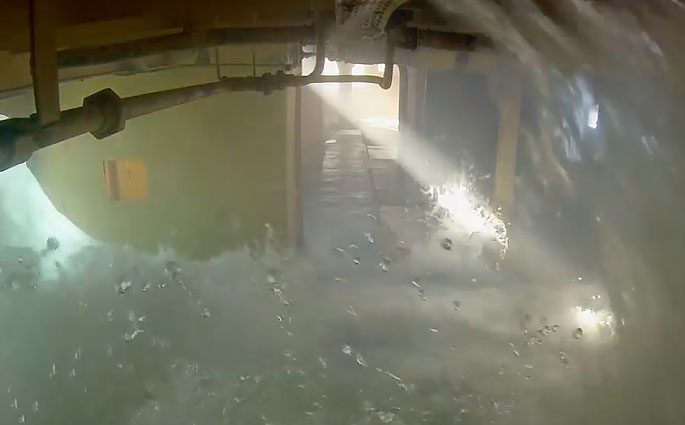
The Uribe 121, a former Mexican Navy battleship, was sunk 1.2 miles off the coast of Rosario, Mexico, to create the first artificial reef in Baja California.
Plastic-eating bacteria could help make trash disappear
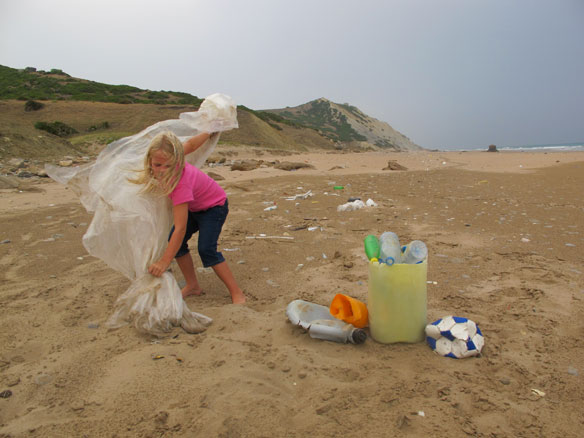
Scientists identified a new species of bacteria, that could almost completely break down a thin film of PET after six weeks at a temperature of 86 degrees Fahrenheit (30 degrees Celsius). The bacterium is the first strain having a potential to degrade PET completely into carbon dioxide and water.
New York harbor’s oyster beds once protected against severe storm and extreme wave damage

A recent study of past disturbance of the oyster beds in New York Harbor led by geoscientists is the first to link Europeans’ overharvesting and disturbance of the ancient shellfish beds to loss of natural coastal defenses against floods and storm waves.
Fraser Island tourism is proof Straddie will survive sand mining exit
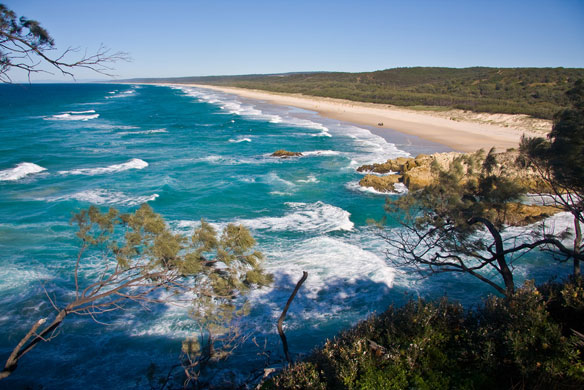
Former Australian’s prime minister Malcolm Fraser, began the process of ending sand mining on Fraser Island in 1976, which finally succeeded in 1996 when the island was listed as a World Heritage site.
